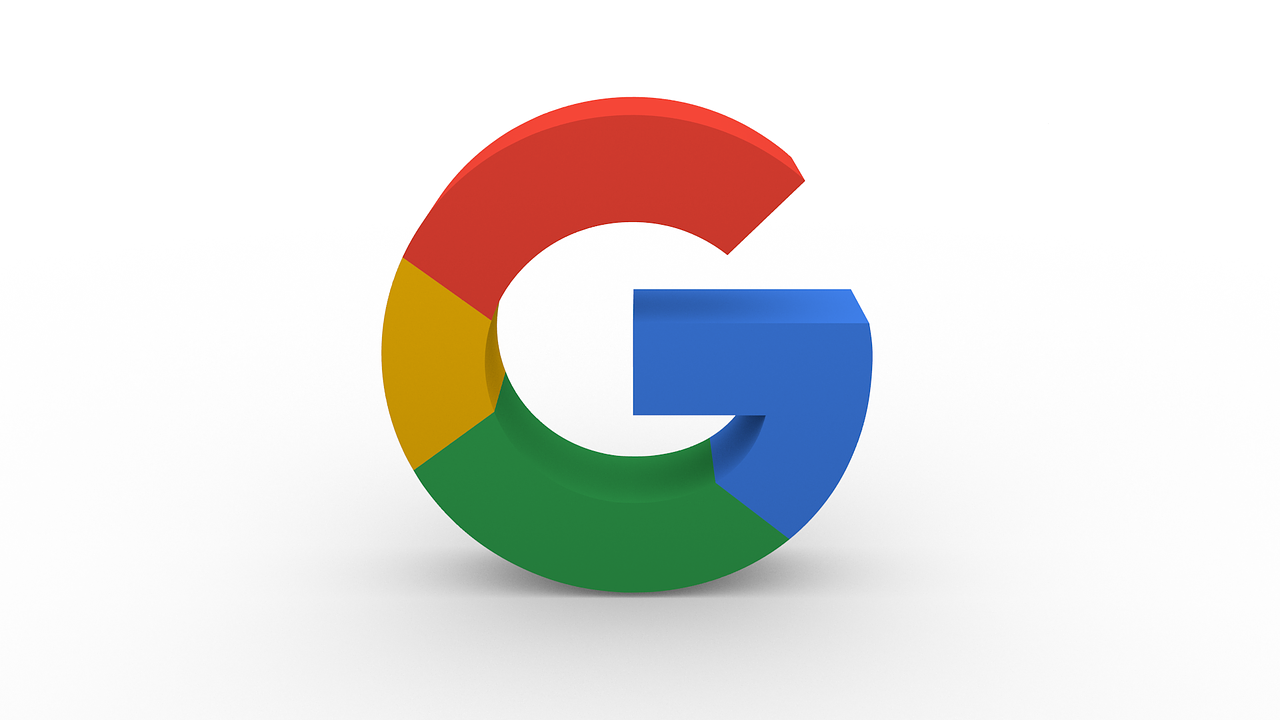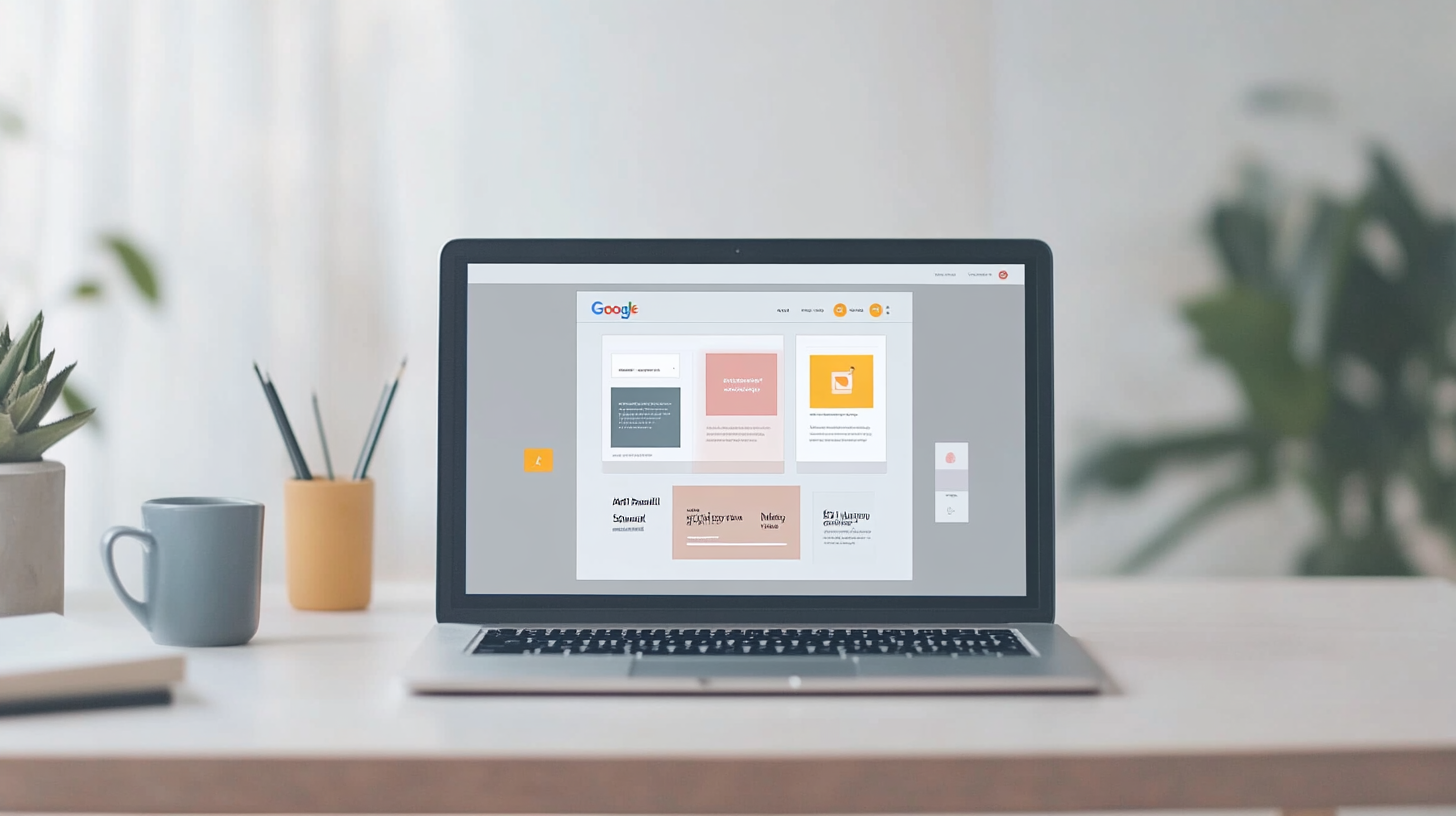Google Ads is one of the most powerful platforms for attracting quality traffic and generating conversions. However, achieving a good return on investment (ROI) can be a challenge if the right strategies are not employed. Optimizing the ROI of your campaigns means not only spending less, but also achieving better results in terms of conversions and sales. In this article, we’ll explore five effective strategies for optimizing ROI in Google Ads, from audience targeting to landing page optimization. Let’s get started!
Strategy 1: Audience Segmentation for Greater Impact
Accurate audience targeting is critical to improving the performance of your Google Ads campaigns. Through targeting, you can ensure that your ads are only shown to people who are genuinely interested in your product or service, which reduces your cost per click (CPC) and improves your conversion rate.
How to use audience targeting in Google Ads:
- Interest-based audiences: Google Ads allows you to create audience lists based on users’ interests. This is especially useful for reaching people who have demonstrated interest in products or services similar to yours. For example, if you sell fitness equipment, you can create an audience that includes people interested in “physical exercise” and “healthy living”.
- Remarketing audiences: These audiences are made up of people who have previously interacted with your website or app. By targeting your ads to these users, you have a higher probability of conversion because they already know your brand. Use Google Tag Manager to set up remarketing tags and target users who visited specific pages, such as a product page.
SEO Tip: Use long tail keywords to further fine tune your audience segmentation. This will help improve the quality of traffic coming to your website and reduce costs.
Strategy 2: Using Negative Keywords to Filter Irrelevant Clicks.
Using negative keywords is one of the most effective ways to avoid unnecessary clicks and improve ROI. Negative keywords help filter out irrelevant searches, ensuring that your ads only appear when the user is most likely to be interested in your offer.
Steps to identify and add negative keywords:
- Search term report analysis: This Google Ads tool shows you the searches that triggered your ads. Review these queries and look for those that do not align with your objectives. Add these words as negative to prevent your ads from appearing in similar searches.
- Common negative keyword categories: If you sell premium products, consider adding terms like “free”, “cheap”, “deals”, etc. as negative keywords. This will ensure that you are not paying for clicks from users looking for cheaper options.
SEO Tip: As you build your negative keyword list, include terms that match your target keywords, but indicate a different search intent. This will prevent you from competing with yourself for unwanted queries and improve the relevance of your ads.
Strategy 3: Dynamic Search Ads to Capture Relevant Audience.
Dynamic Search Ads (DSAs) are a powerful tool that can help improve the relevance of your ads and therefore your ROI. These ads use your website content to create automatic ad titles, which makes them especially useful for online stores with a large inventory of products.
Advantages of dynamic search ads:
- Automation and relevancy: Because dynamic search ads use content from your website to generate titles, they ensure that ads are relevant to what users are searching for. This can result in a higher click-through rate (CTR) and, at the same time, improve the user experience.
- Coverage of more search queries: Unlike traditional keyword campaigns, DSAs allow you to cover a wider range of search queries without the need to manually add all keywords.
SEO Tip: Make sure your website landing pages are well optimized with relevant keywords. This will not only improve the quality of dynamic ads, but also increase the likelihood of conversion by providing a consistent user experience.
Strategy 4: Automating Bids to Maximize Conversions.
Bid automation is an advanced feature of Google Ads that automatically adjusts bids to achieve your campaign goals, such as maximizing conversions or conversion value. This is especially useful for campaigns with multiple products or audiences, as it saves time and optimizes budget.
Types of automated bidding strategies:
- Maximize conversions: This strategy automatically adjusts bids to get the most conversions within your budget. It is ideal for campaigns that seek a high volume of conversions.
- Target CPA: With this strategy, you can set a desired cost per acquisition (CPA) and Google Ads will adjust bids to meet this target. It is an excellent option for campaigns with specific acquisition targets.
- Target ROAS (Return on Ad Spend): This strategy allows you to optimize bids to obtain a specific ROAS (Return on Ad Spend). It is particularly useful for e-commerce, as it seeks to maximize the revenue generated for each euro spent on advertising.
SEO Tip: As you adjust your bidding strategies, make sure you have clear goals set up in Google Analytics and Google Ads. This allows the system to have the necessary data to correctly optimize your campaigns.
Strategy 5: Landing Page Optimization to Improve Conversion
Attracting quality traffic to your website is only half the battle. If your landing pages are not optimized for conversion, you are likely missing out on valuable sales opportunities. A good landing page should be relevant to the ad, easy to navigate and action-oriented.
Key elements for an optimized landing page:
- Relevance: The landing page should closely match the promise of your ad. If your ad talks about a special offer, the landing page should display that offer prominently.
- Effective calls to action (CTAs): Use clear and direct call-to-action buttons, such as “Buy now” or “Get your discount”. CTAs must be visible and motivate the user to take immediate action.
- Load speed optimization: Page speed is an important factor for Google and for users. A slow website can increase the bounce rate and negatively affect the Quality Score of your ads.
SEO Tip: Make sure your campaign’s main keywords are present in the title, meta description and landing page headers. This not only improves the relevance of the page for users, but also helps to improve the position of your ads in Google.
Conclusion: Power your Google Ads Campaigns with Strategies. Smart
Optimizing the ROI of your Google Ads campaigns is an ongoing process that requires constant analysis, adjustments and testing. By applying these five strategies, you can ensure that every euro invested is generating maximum value for your business. From precise audience targeting to using bid automation and optimizing your landing pages, these tactics will help you take your campaigns to the next level.
Remember, success in Google Ads does not depend solely on budget, but on how you use the tools at your disposal to reach the right audience and offer them an exceptional user experience.
Start implementing these strategies today and watch your conversions grow!



